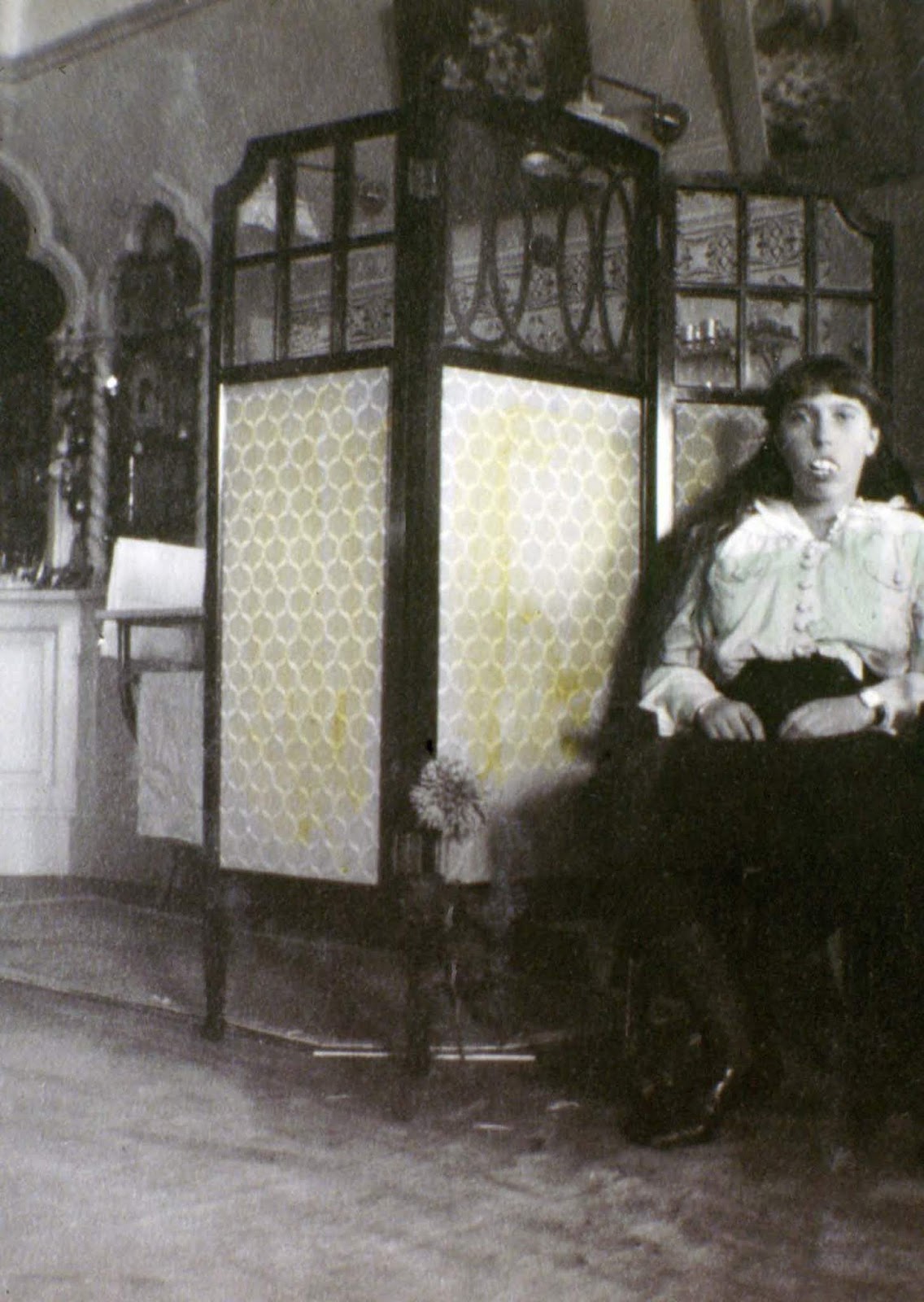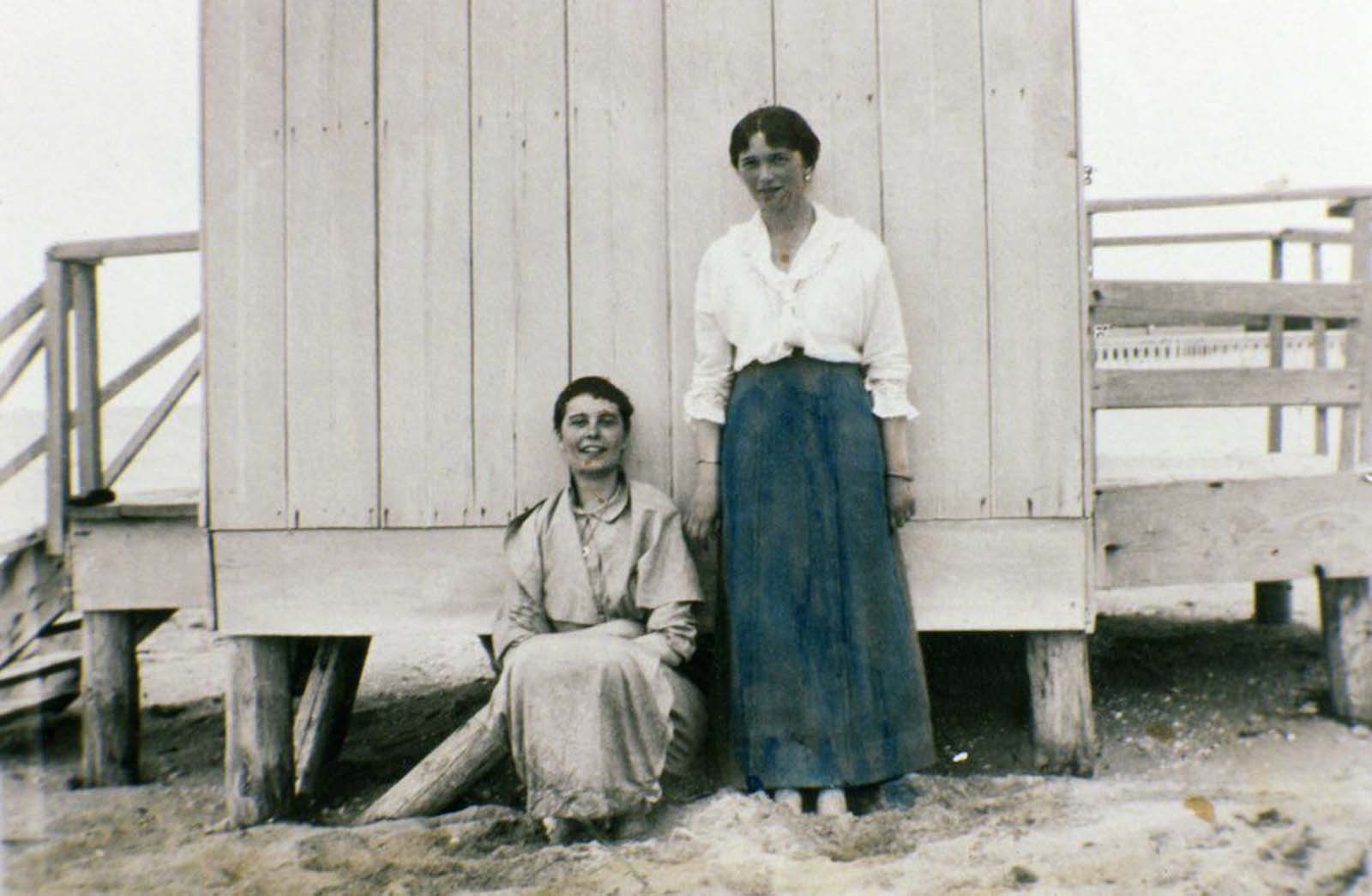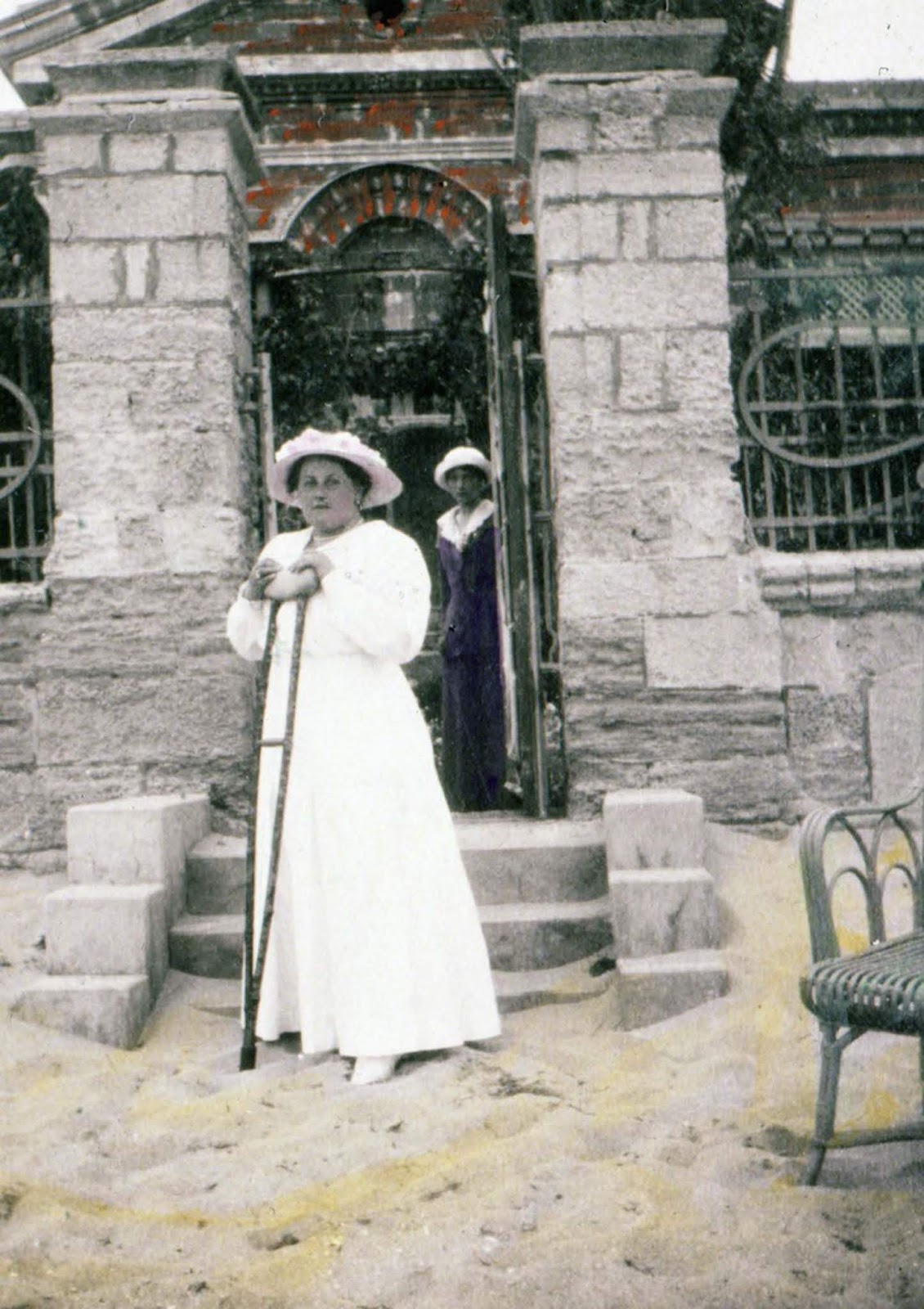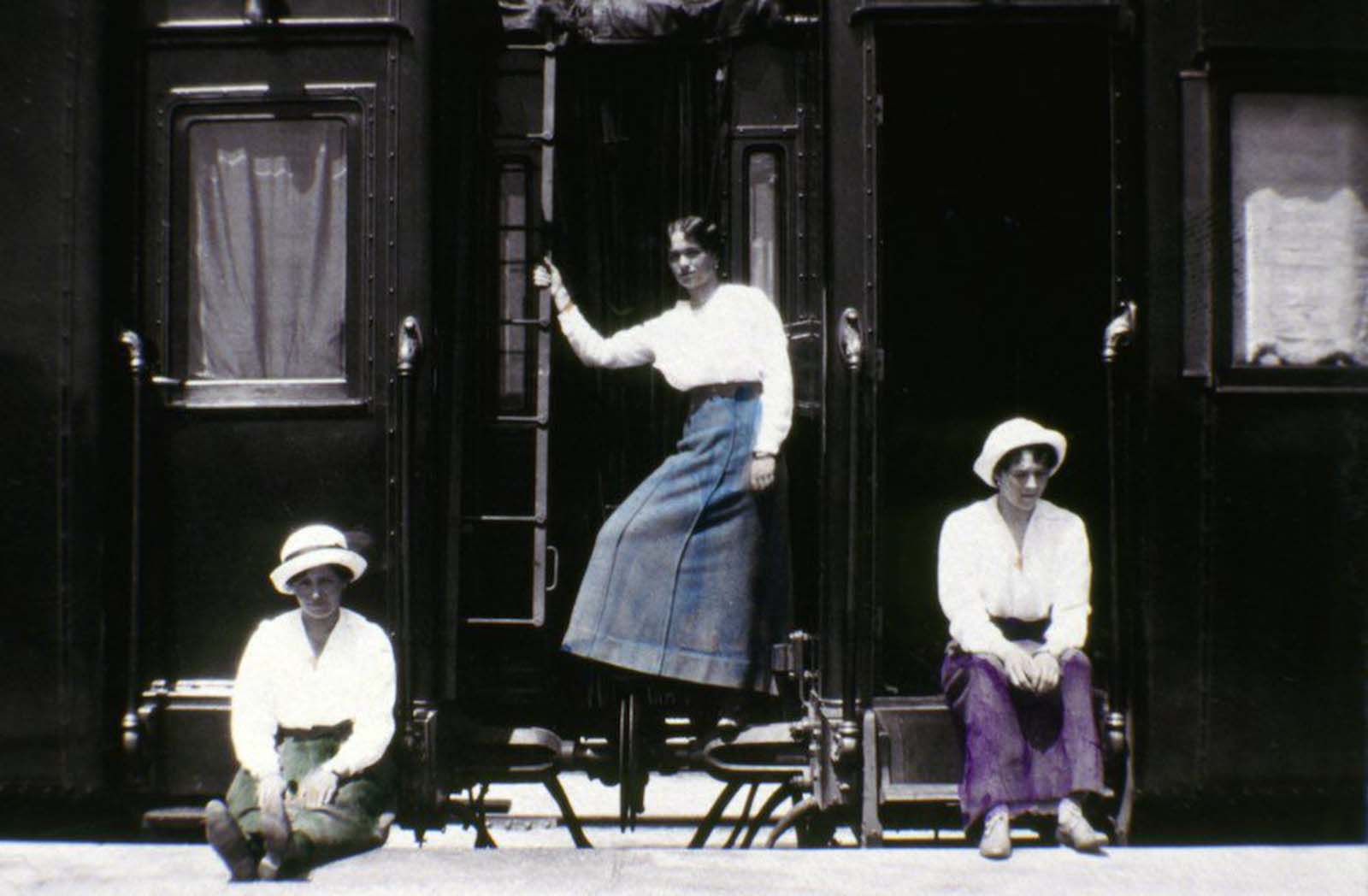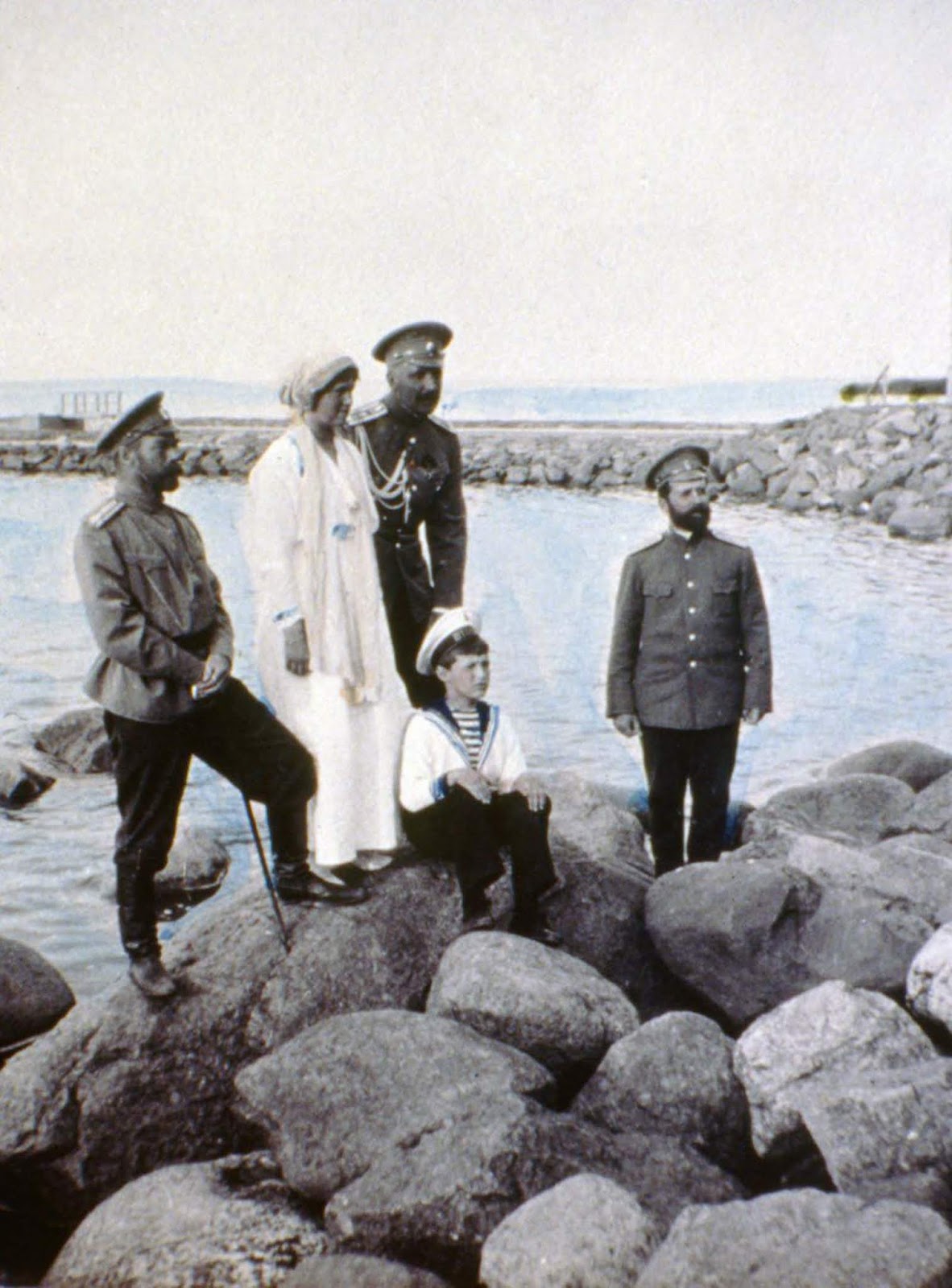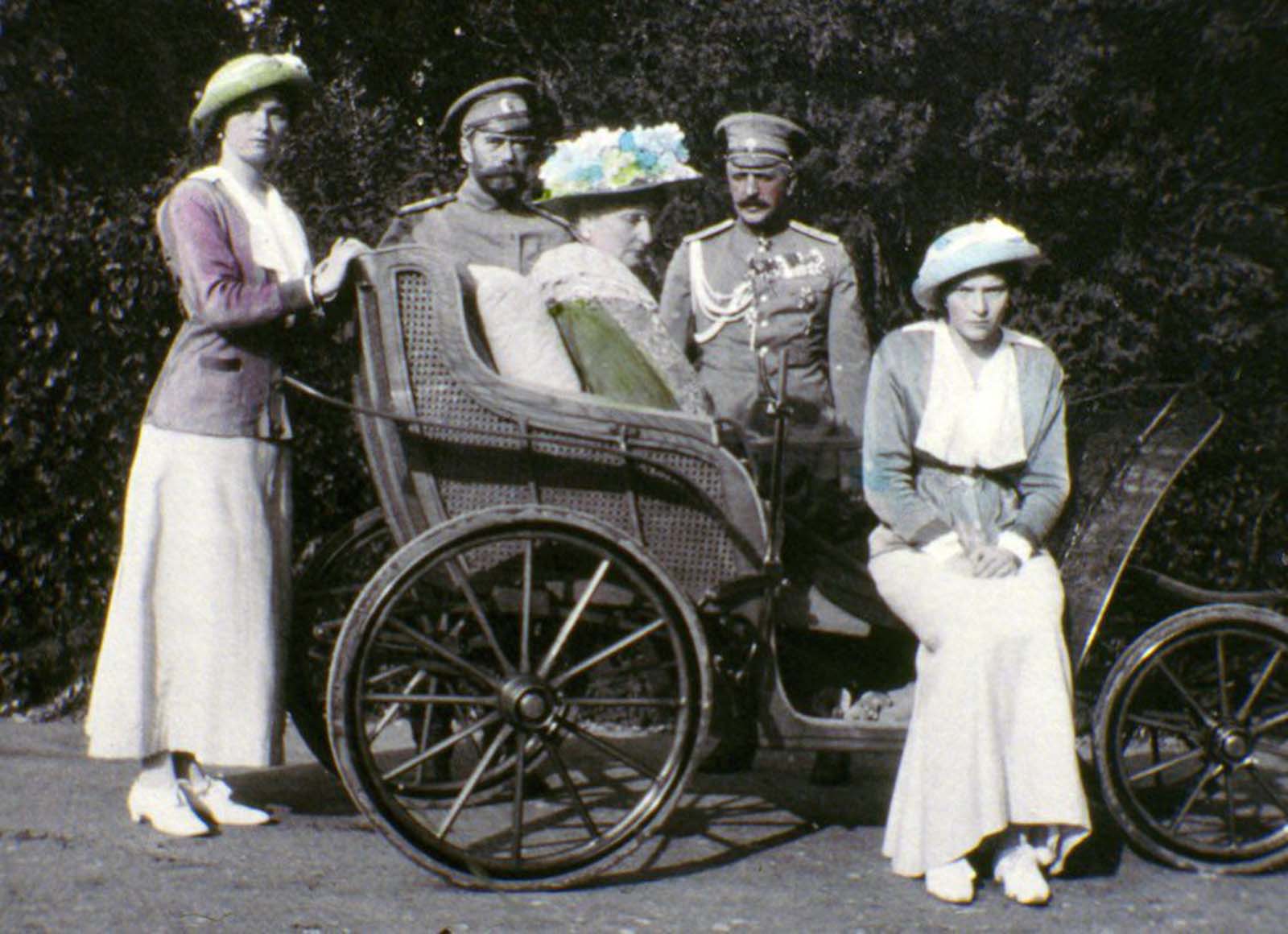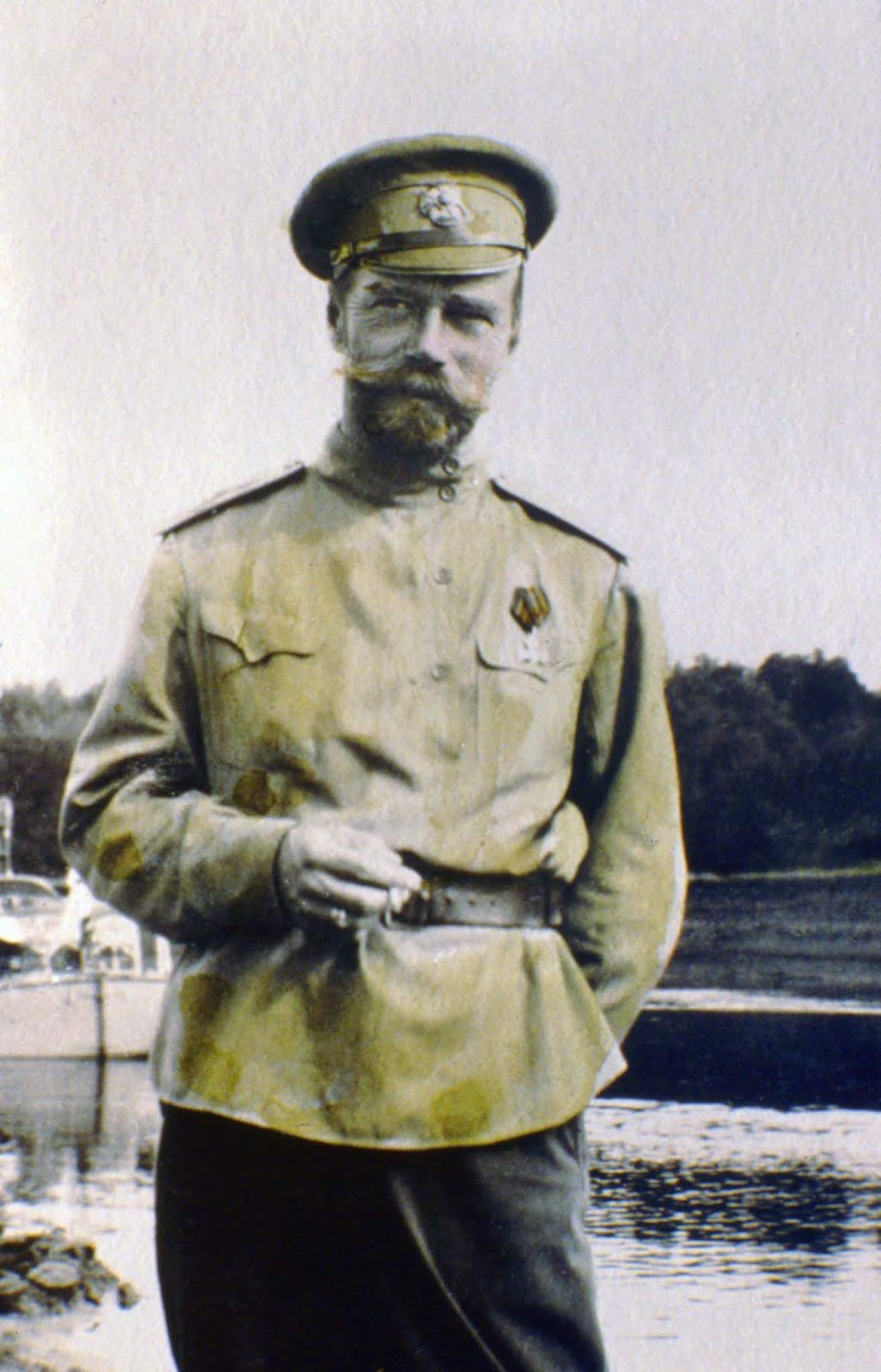He passed down his love for photography to Maria, his third daughter, who was responsible for coloring most of the pictures. Within a year of the last pictures, the Russian Revolution took place. The Tsar was forced to abdicate and the family was exiled. Following the February Revolution, the Romanov family and their loyal servants were imprisoned in the Alexander Palace before being moved to Tobolsk and then Yekaterinburg, where they were killed, allegedly at the express command of Vladimir Lenin. Despite being informed that “the entire family suffered the same fate as its head”, the Bolsheviks only announced Nicholas’s death, with the official press release that “Nicholas Romanov’s wife and son have been sent to a secure place.” For over eight years, the Soviet leadership maintained a systematic web of disinformation as to the fate of the family, from claiming in September 1919 that they were murdered by left-wing revolutionaries to denying outright in April 1922 that they were dead. They acknowledged the murders in 1926 following the publication of an investigation by a White émigré, but maintained that the bodies were destroyed and that Lenin’s Cabinet was not responsible. The Soviet cover-up of the murders fuelled rumors of survivors, leading to the emergence of Romanov impostors that drew media attention away from Soviet Russia. The burial site was discovered in 1979 by an amateur sleuth,] but the existence of the remains was not made public until 1989, during the glasnost period. The identity of the remains was confirmed by forensic and DNA investigation. They were reburied in the Peter and Paul Cathedral in Saint Petersburg in 1998, 80 years after they were killed. (Photo credit: Laski Diffusion/Getty Images). Notify me of new posts by email.
Δ Subscribe


